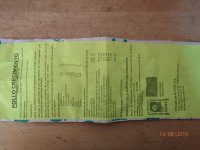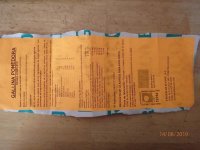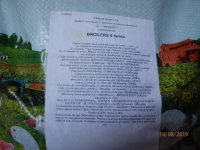Trappapapa
New member
- Joined
- May 5, 2020
- Messages
- 13
- Reaction score
- 0
Apologies if this topic has already been covered......I run my cockerel with my hens and they all get the same feed...layers pellets. I recently read something claiming that layers feed wasn't good for cockerels as the calcium level was too high. I have had no problems with my cockerel so far but I just wanted to know if I should be changing the feed or not.



